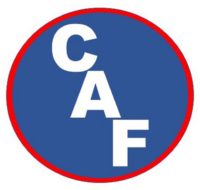Let’s pretend we use ice cubes to fight fire.
An ice cube is a 6 sided cube of water. The only water facing the heat of a fire is the 6 outside surfaces – thus a Surface to Mass Ratio (STMR) of 6:1 (no matter what size the cube). The majority of the water is inside the cube, not exposed to the heat. Sending the cube in to a fire will result in the cube being pulled down by gravity and not having very much time exposed to the heat. This is a very inefficient way to apply water to a fire. Most of the water will be wasted.

Now let’s look at drops. Drops can change their shape. But a basic drop is measured in millileters (ml). 1 ml also equal 1 cubic centimeter (cc). Wow, a drop equates to a cube – therefore, it also has an approximately 6:1 STMR. Again, only the exterior surface of the water is exposed to the heat of the fire. The majority of the water in the drop is interior and not exposed tot he heat. Again, gravity pulls the drop down, resulting in a large waste of damage causing water.

Let’s look at a bubble. Air (compressed) is injected in to the drop and pushes all the water (100%) to the exterior surface. Therefore, all the water is exposed to the heat of the fire. All the water volume is available to instantly absorb heat. Gravity has little to no affect on bubbles. The bubbles continue to absorb heat. None of the water is wasted.
STMR is the magic of CAF. STMR is a simple concept but often misunderstood. In firefighting, STMR is the ratio of the total amount of the water compared to what is exposed to the heat. In a bubble, 100% of the water is exposed. In a drop, the majority of the water inside the drop is NOT exposed. Fight fire with the maximum exposed water – BUBBLES (CAF).







































